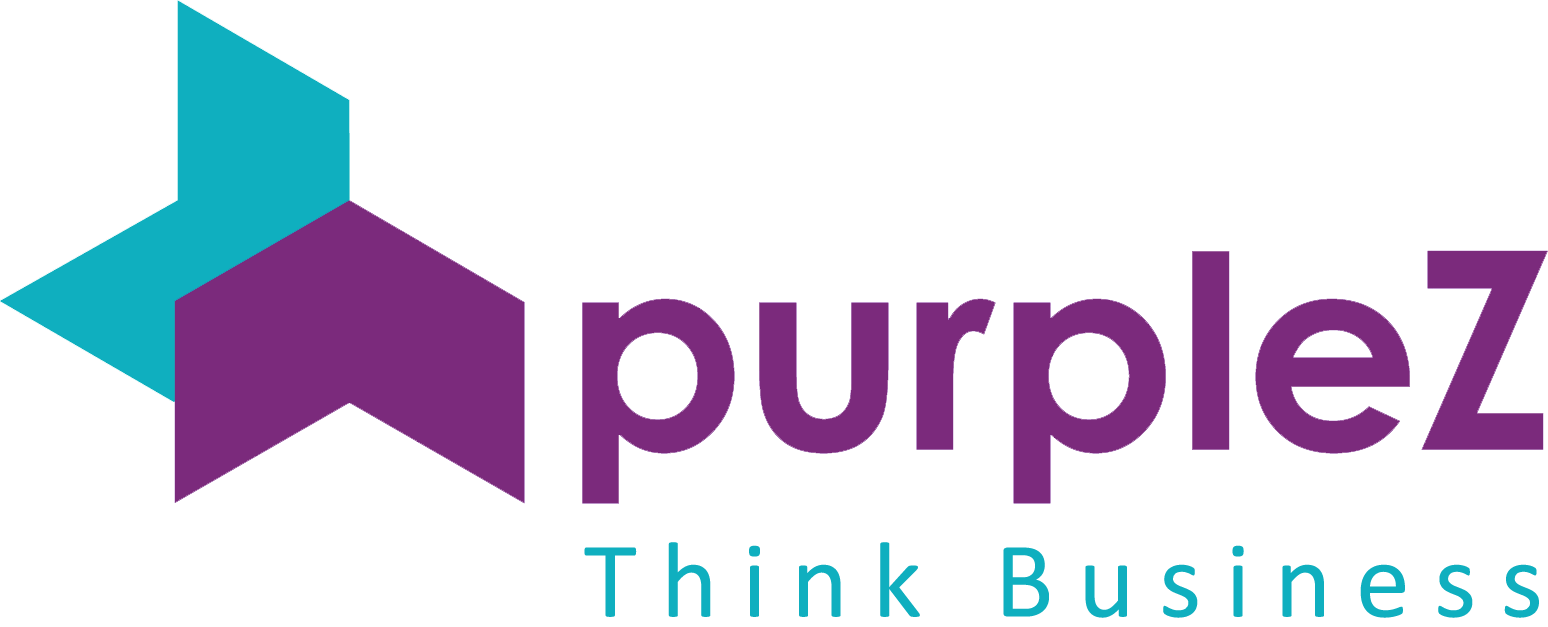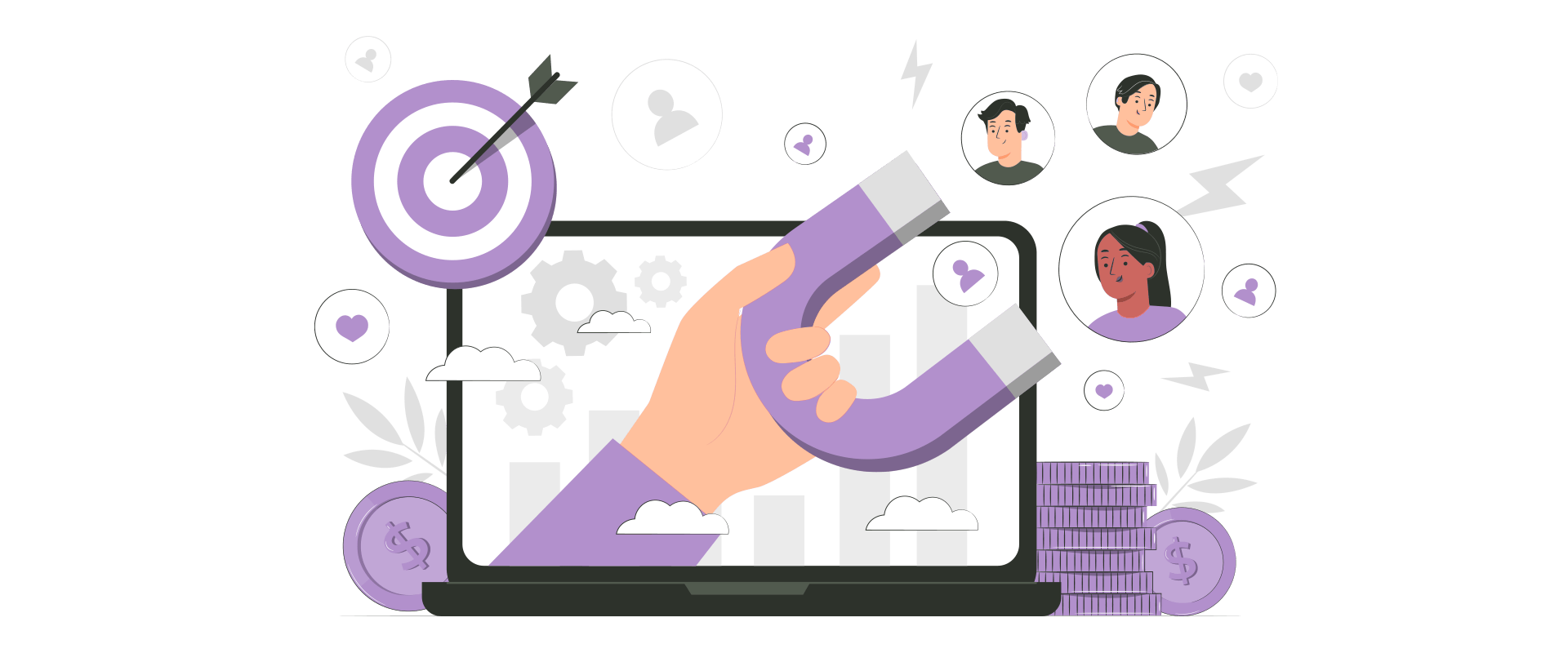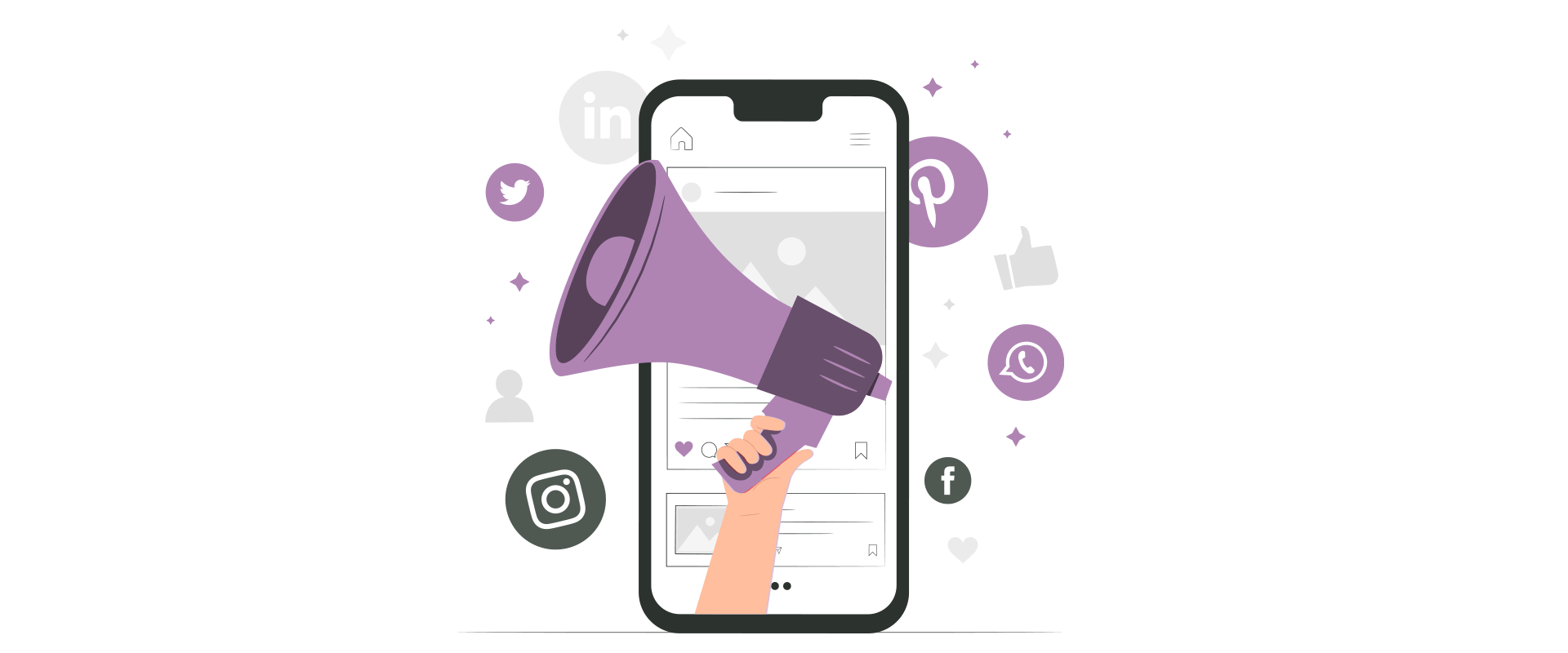Contents
- 1 What is content marketing
- 2 Why content marketing is important for businesses
- 3 A brief overview of the article’s purpose
- 4 Understand the Fundamentals of Content Marketing
- 5 Understanding your target audience
- 6 Importance of setting goals and objectives
- 7 Understanding the sales funnel
- 8 Creating Compelling Content
- 9 Promoting and Distributing Your Content
- 10 What can you do with content marketing?
- 11 Best methods for learning content marketing
- 12 You can learn content marketing if you try!
- 13 In Conclusion
Any company’s digital marketing plan must include content marketing. Content marketing is so important that it’s one of the biggest trends in online marketing today. But what exactly is content marketing? How can you learn it and make it work for your business? We’ll walk you through the basics of this powerful tool—and show you how to use it yourself.
What is content marketing
Content marketing is a type of marketing that uses different types of content to attract and retain customers.
It is a way to build an audience for your business and can be used as part of your overall marketing strategy, or it may be the only thing you do if you’re starting your business and need more money for other forms of advertising or promotion.
Building trust with your audience through content marketing is a powerful approach to increase the likelihood that they will purchase from you when the time is perfect (and not necessarily right away).
Why content marketing is important for businesses
Building client trust with content marketing is a terrific approach to becoming recognized as an expert in your field and increasing traffic to your website. Leads and conversions may both rise as a result.
A brief overview of the article’s purpose
This article will briefly overview content marketing and its importance in the modern digital world.
Content marketing is the creation of any media that helps customers understand your brand or product better. This can include blog posts, social media posts, and videos–anything you can think of! The goal is to provide useful information related to your industry so that people will trust your company more when they’re ready to buy something from you.
Understand the Fundamentals of Content Marketing
Before you can truly understand how to learn content marketing, it’s important to understand its fundamentals. This will help ensure that your learning process is structured and effective.
Content Marketing vs. Other Types of Marketing:
The first step in learning how to market through content is understanding what it means compared with other types of marketing, like advertising or public relations (PR). While there are many similarities between these three types of marketing, they also have key differences that make them suitable for different situations and audiences.
For example:
Content may be created by an employee at your company or by an outside agency hired specifically for this purpose; either way, its goal is usually to educate potential customers about something they don’t know yet–a product feature or benefit–so they’ll eventually buy from you instead of from one of your competitors who might offer similar products/services but doesn’t provide as much information about them online.
Understanding your target audience
The first step in creating content that will resonate with your target audience is understanding them. If you need to know who they are and what they want, how can you design a meaningful message for them?
To do this effectively, look at the following:
Demographics – Age, gender, race/ethnicity, and other demographic factors are important when understanding a specific group of people. Knowing these details helps you tailor messages based on where they live and work (or play). For example, if an ad agency wants their ads to be seen by young professionals who live in New York City’s Financial District, then targeting ads towards those demographics would be helpful because it narrows down where potential customers might be found online or offline (e.g., social media platforms like Facebook).
Importance of setting goals and objectives
Before you begin your content marketing journey, setting goals and objectives is important. You may have heard this before, but it’s worth repeating: defining the problem before starting on a solution is key.
For example, if we were to start a fitness blog to lose 20 pounds in 3 months (which is ambitious but not impossible), our objective would be “to lose 20 pounds within the next three months.”
You should also remember that everyone has different goals for their business or personal life–you don’t need to worry about other people’s goals because they won’t necessarily match up with yours!
However, if someone else has similar objectives as yours, that could lead to collaboration opportunities down the road when it comes time for promotion. For instance, if both myself and another blogger were working toward similar fitness goals, then we could potentially collaborate on one another’s blogs by having guest posts written by each other or even cross-promote each other’s social media profiles/websites through paid ads (though this is not always necessary).
Understanding the sales funnel
To learn content marketing, you need to know the sales funnel basics. The sales funnel an important concept that describes how customers go through a series of stages while deciding whether they want to buy your product or service.
It works like this: First, you have someone who needs to learn about what you do (or at least needs clarification). This person enters into your funnel as an “interested” prospect. Then, they should continue their research and learn more about what makes up your business (the services/products). In that case, those prospects become qualified leads–they know enough about what makes up the company so that they can make an informed decision on whether or not they want any part of it (or maybe even just one part). From there, these leads can either be converted into customers or dropped off altogether depending on whether or not there’s something else out there better suited for them than what’s currently being offered by yours truly!
Conducting Research and Creating a Content Strategy
The first step in learning content marketing is conducting research. You’ll want to understand your audience, their needs, expectations, and how they will likely engage with you online.
It would help if you also looked at your competitors’ strategies so that you can differentiate yourself from them by creating more compelling content for your target market. If you have paid traffic coming from social media platforms like Facebook Ads or AdWords PPC campaigns, an excellent place to start is using Google Analytics or Kissmetrics.
Identifying content gaps and opportunities
If you’re looking to leverage content marketing to grow your business, it’s important to identify the gaps in your existing content. These opportunities allow you to create new pieces of content that will help fill those gaps and provide value for your audience. To do this effectively, however, you must know who makes up this audience.
For example: if certain topics or questions are being asked by customers on social media platforms but not answered anywhere else onsite (or easily accessible), then those could be considered “gaps” in terms of how well-informed visitors feel about those subjects when visiting the website–and thus would make sense as topics worth covering via blog posts or videos etcetera.
Creating a content calendar
The first step in creating a content calendar is to create your content strategy. This should include the following:
- A list of keywords, phrases, and topics you want to rank for.
- An outline of the types of content that will fit each keyword/phrase/topic (e.g., blog posts vs. infographics vs. videos).
Once this is done, it’s time to start planning all those blog posts! Create an outline with titles and subtopics so that when posted, they’ll be easy for readers to navigate through on social media or Google search results in pages (SERPs). Then work out when each post will go live according to its target SERPs date range–and lastly, schedule them as posts so that you can meet all deadlines!
Types of content
There are many types of content, and you’ll want to identify the different types to decide which ones are the most appropriate for your needs. Types of content can include:
- Articles
- Videos
- Infographics (images with text overlaid)
- Case studies
- Ebooks or white papers that provide detailed information about a specific topic in an industry (often used for lead generation)
- Podcasts – audio files that provide information on a particular subject or topic. These can be downloaded through iTunes, Google Play Music, and other platforms.
SEO optimization
An essential component of content marketing is search engine optimization (SEO). The goal of SEO is to make your content findable by search engines, which means that it must be relevant to the target audience and easy for them to read and understand.
You can improve your chances of being ranked highly in search results by making sure that:
- Your title tags are descriptive, not just keywords stuffed with keywords (a common mistake). For example, instead of writing “How To Write A Blog Post,” try “How I Learned To Write Blog Posts After Years Of Writing Articles.” This tells people what’s inside without being too generic or spammy-sounding!
- You include links within any images used in the post (not just in the sidebar). Also, consider adding alt attributes so they’re easier on visually impaired people.
Creating Compelling Content
Creating compelling content is the most important part of your content marketing strategy. No one will visit if you don’t have interesting, engaging, and unique content on your website. And if they visit, they will only stay for a short time because nothing interests them enough to make them want to stay around for more than a few minutes.
When creating compelling content, make sure it’s relevant to your audience – This means that whatever topic(s) you choose must be something that people in your target market care about or are interested in learning more about (which can change over time).
You also need to keep track of what kind of language they use when talking about these topics so that when writing about them yourself as part of an article or blog post, this same type of language shows up again and again throughout all parts, including headlines/ subheads, paragraph structure, closing sentences, etc.
You could have someone else read through before publishing to spot areas where something could improve based on their experiences with similar topics.
Crafting headlines and subheadings
Headlines are the most important part of your content. They’re what people see when they scroll through their newsfeeds, and they’re what will determine whether or not they click on your post. Headlines should be short and punchy, relevant to the content, easy to read and understand, written in active voice (rather than passive), include numbers or other data points if possible–and above all else: don’t use clickbait!
When writing headlines for articles about marketing strategies or best practices for creating effective campaigns, include some data points that show results from past projects. Suppose you tell readers how much money was saved by implementing this strategy or how many new fans signed up after launching that campaign with a certain tactic.
In that case, it becomes easier for them to understand why this information matters enough to spend time reading about it instead of just scrolling past it on Facebook/Twitter/LinkedIn, etcetera.
Writing compelling copy
Writing compelling copy is the first step to being a content marketer. You need to write to be able to create content that drives readership and engagement.
Here’s how you can start writing compelling copy:
- Write about what interests you–not what interests everyone else. Your passion for a topic will come through in your writing, which is important because it makes people feel like they have something in common with you immediately (and this connection increases their trust).
- Wherever possible, use active voice rather than passive voice. This makes your writing more dynamic and engaging! It also keeps things simple by forcing readers’ attention where it should be–on what YOU have written rather than an abstract concept like “the author.”
Creating visuals and multimedia
Visuals and multimedia are the most effective ways to engage your audience. You can create visuals by using images, videos, or infographics. Most importantly, they add value to your content and help you communicate your message.
It’s also crucial to remember that images are more than just graphics; they include things like:
- Illustrations (such as charts, graphs, and diagrams)
- Infographics (which often use data visualization)
- White papers (a type of report usually used for research purposes)
Importance of editing and proofreading
Editing and proofreading are important. It needs to be more than just writing something and publishing it online. You must go through the entire process, ensuring every content is as good as possible before it sees the light of day.
This means that you need to use the right tools for editing and proofreading your work–and then get someone who knows how these tools work (i.e., an editor) to review your work before publishing it online or sharing it with others.
Promoting and Distributing Your Content
Promotion and distribution are critical to the success of your content marketing efforts. You can create the best content in the world, but if no one sees it, all the time invested was for naught.
Let’s start with promotion: Identity which channels are right for your brand, audience, and goals and then develop a strategy that fits those parameters–whether that means posting regularly on social media or sending targeted emails to relevant prospects (or both).
Using social listening tools like BuzzSumo or Ahrefs to determine the types of content that are working well in your sector will help you identify the pieces that will resonate with readers. Then try out different strategies until something works!
Once you’ve got some traction on social media or through email marketing campaigns (more on those later), distribute those links across other channels and within each platform itself (for example, Facebook posts link back up into Facebook Groups).
Importance of promotion and distribution
Promotion and distribution are important for content marketing. They’re what make your content visible in the first place so that people can see it and share it with their friends.
Promotion is also a way to build trust in your brand and awareness of what you do and who you are. Suppose someone repeatedly sees your name or brand on social media or search engines. In that case, they’ll start associating those things with positive feelings (e.g., “I like that company because they always post great stuff on Facebook”).
Distribution is how we get our audience’s attention: by sharing our content on other platforms such as blogs, forums, and social media networks like Facebook and Twitter; sending direct emails; getting guest articles published on other sites; submitting articles for publication at news outlets like HuffPost (you’ll need an account there); submitting press releases about new products/services/events, etc…
Identifying the right channels
Channels are the ways you can reach your target audience. They include social media platforms, email lists, and blog posts, to name a few. When choosing the right channel for your business, it’s important to consider which will be most effective for your content marketing strategy.
You may have multiple options for each channel type (e.g., Facebook and Twitter). For example: if your target audience is made up of millennials who spend lots of time on Instagram or Snapchat (two popular mobile apps), then using those apps might make sense for reaching them with relevant content that they want to see in real-time while they’re scrolling through their feeds.
However, if they’re older adults who don’t use social media much at all anymore because they find it distracting from their daily lives–and instead prefer reading articles online while sitting at home watching TV–then posting links on websites like Medium or LinkedIn might be better suited towards reaching these people since those sites offer longer articles than most other blogs do.
What can you do with content marketing?
Content marketing is a powerful way to reach your target audience. It’s also a great way to build trust and credibility with your target audience. You can use it to build an email list, drive traffic, generate leads and make sales.
Best methods for learning content marketing
The best methods for learning content marketing are:
- Reading books: There are many books on the subject, but they’re not all created equal. Some of them will provide a cursory overview of the basics and leave you feeling like you need to make up for years of lost time. Others will dive deep into specific topics like SEO or analytics, which can be helpful if your company has an established foundation in those areas and wants to take its knowledge further. We recommend “Epic Content Marketing” by Joe Pulizzi; it’s comprehensive without being overwhelming, which makes it great as both an introduction and reference guide once you’ve gotten your feet wet with content strategy work!
- Watching videos (and taking notes): If reading isn’t your thing but watching videos sounds appealing (or vice versa), then YouTube is filled with useful tutorials from both established brands as well as individual experts who share their knowledge freely online–and often earn money through ads placed alongside their videos! Even better than watching? Recording yourself doing what someone else does so that later on down the line when something goes wrong during one step in that process.
You can learn content marketing if you try!
If you want to learn content marketing, the first step is to embrace the idea that it’s worth learning. Content marketing can be difficult at first–but when you’ve grasped it, your business will reap huge rewards.
You can learn content marketing using the right tools and from others who have been there before you. There are so many ways businesses use content marketing right now that it’s easy for someone like yourself (who may feel overwhelmed by these different options) to get stuck in a rut trying one thing after another until something sticks!
But instead of getting frustrated with yourself or feeling like there needs to be more time in the day for everything else going on besides working full-time at another job plus managing social media accounts for clients while also trying out new strategies… remember: You CAN do this!
In Conclusion
In this article, we went over the fundamentals of content marketing and how to learn it. We discussed the importance of understanding your target audience and setting goals and objectives for your content strategy. You also learned about conducting research and creating a content calendar so that you can create compelling copy for your blog posts or social media posts. Finally, we covered some tips on how to promote these pieces effectively so they reach more people!
Looking for a professional content marketing consultant in Irvine & Los angeles? You’re in the right place. Let PurpleZ take care of your business’ growth to increase revenue and generate more sales and leads. Get in touch with us today for a free marketing audit!











